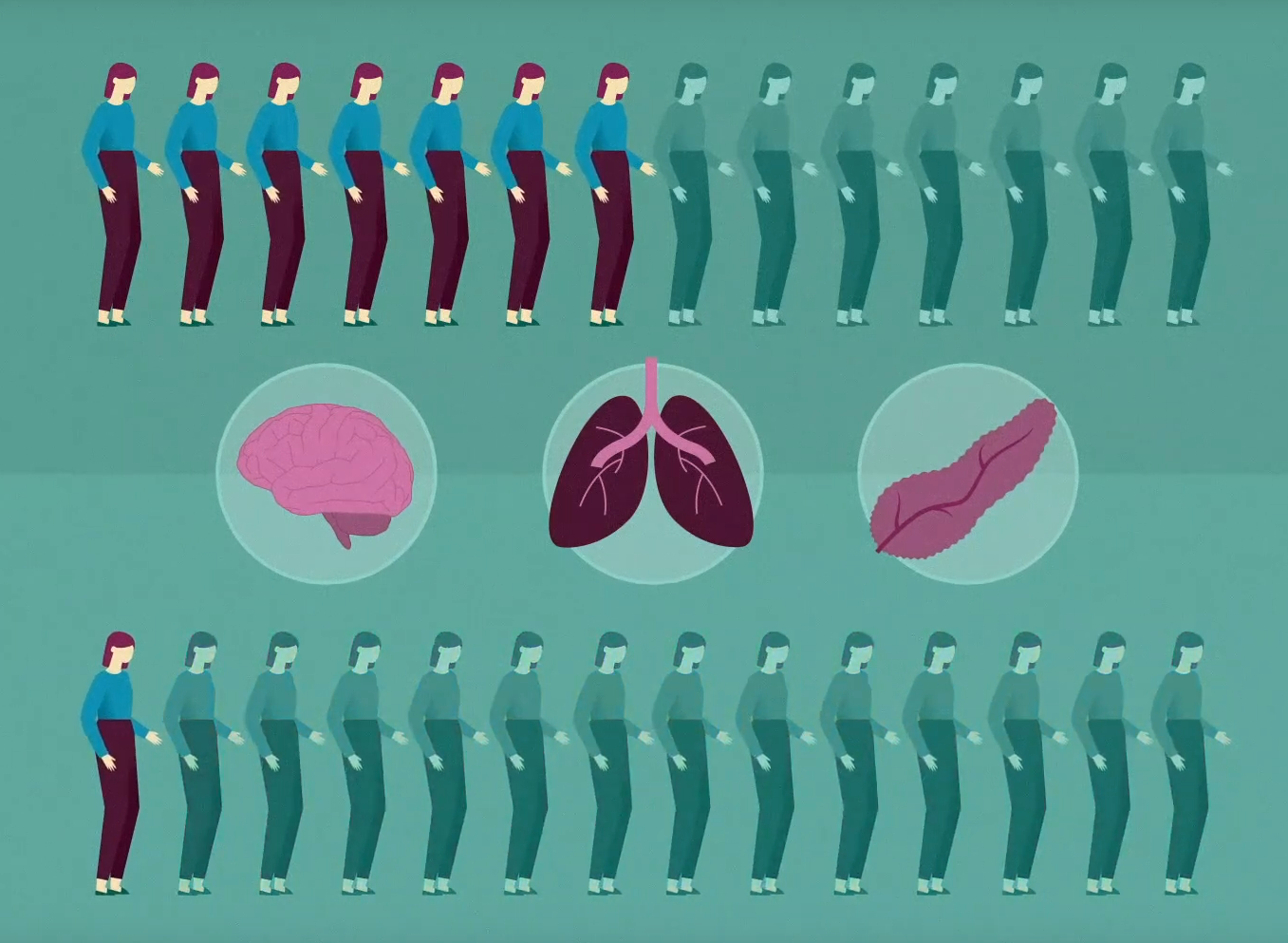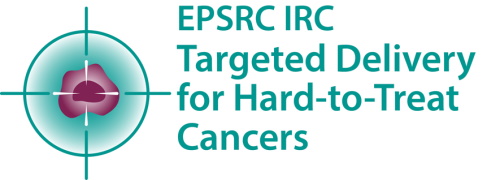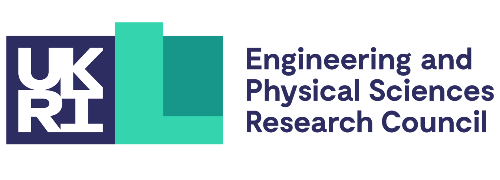
Submitted by L. Millard on Thu, 02/12/2021 - 19:22
The cross-disciplinary approach to develop targeted drug delivery technologies for three hard-to-treat cancers is explained in a new, short animation now available to view on the IRC website.
The two-minute animation titled ‘Why focus on drug delivery technologies in the fight against cancer?’ presents the challenge faced by IRC researchers, setting out the low survival rate for patients diagnosed with three hard-to-treat cancers targeted by the programme – mesothelioma, pancreatic cancer and glioblastoma (a brain cancer). Despite improved survival rates for most cancers over the last two decades, nine out of 10 people diagnosed with one of these specific tumours in the lungs, brain and pancreas will succumb to the disease.
Using engaging and colourful animation and an accompanying narrative, the film brings science to life explaining how chemotherapy drugs currently struggle to reach the tumour cells of these three cancers because of biological barriers put up by the tumour and the body itself. The IRC chose the communications agency, Agata who were briefed to create an animation that could be used for public outreach events, at academic conferences and to be the headline feature on the IRC’s website. Programme Manager, Dr Amanda Fuller said: “At the start of the process the Agata team worked with us to refine the script, being very strict about the word count and banning any scientific jargon. I think the result is a beautifully clear explanation of our aims presented in an accessible manner.”
We hope the animation helps people to better understand the work of the IRC and what we are trying to achieve. By focusing on drug delivery, we can boost clinical efficiency of existing treatments. We hope that our cross-cutting and interdisciplinary collaborative approach will deliver outcomes that contribute to better cancer survival rates for these three hard-to-treat cancers and improve quality of life for cancer patients. Dr Amanda Fuller, IRC Programme Manager
The animation shines a light on the three drug delivery systems being designed and developed by the IRC. The first are nano-scale molecular vehicles that deliver drugs exactly where they are needed and nowhere else. They are adaptable and offer high drug carrying capacity and controlled release. The second technology consists of gels that can be injected onto the cavity surface of the brain after a tumour has been removed and gradually release anti-cancer drugs to eliminate any residual tumour cells. Combining gels and molecular vehicles enables opportunities to enhance therapies and control delivery timescales. The third system comprises microscopic implantable devices which can deliver high concentrations of drugs directly to tumours that are difficult to operate on.
“We hope the animation helps people to better understand the work of the IRC and what we are trying to achieve. By focusing on drug delivery, we can boost clinical efficiency of existing treatments,” said Dr Fuller. “We hope that our cross-cutting and interdisciplinary collaborative approach will deliver outcomes that contribute to better cancer survival rates for these three hard-to-treat cancers and improve quality of life for cancer patients.”
The animation was shown to an audience at an IRC panel event hosted by the Intellectual Forum at Jesus College, Cambridge on 30 November. The in-person and online event, titled ‘What can we do about difficult cancers?’ featured four members of the IRC based at the University of Cambridge, Prof Oren Scherman, Professor of Supramolecular and Polymer Chemistry, Dr Ljiljana Fruk, Reader in BioNano Engineering, and Dr Ronan Daly, Associate Professor in Science and Technology of Manufacturing, based at the Institute for Manufacturing. IRC clinician, neurosurgeon Mr Stephen Price, Clinician Scientist and Hon. Consultant Neurosurgeon at the University of Cambridge, was also part of the panel and performed a simulated operation on a model brain made of jelly to demonstrate the difficulty surgeons face when attempting to fully remove glioblastoma. After explaining their roles in the IRC and how the interdisciplinary team works towards shared goals, the panellists answered questions from the audience and Dr Julian Huppert, Director of the Intellectual Forum, who convened the event, which can now be viewed on the IRC YouTube channel.
• Watch the IRC animation ‘Why focus on drug delivery technologies in the fight against cancer?’ on the IRC YouTube channel here.


